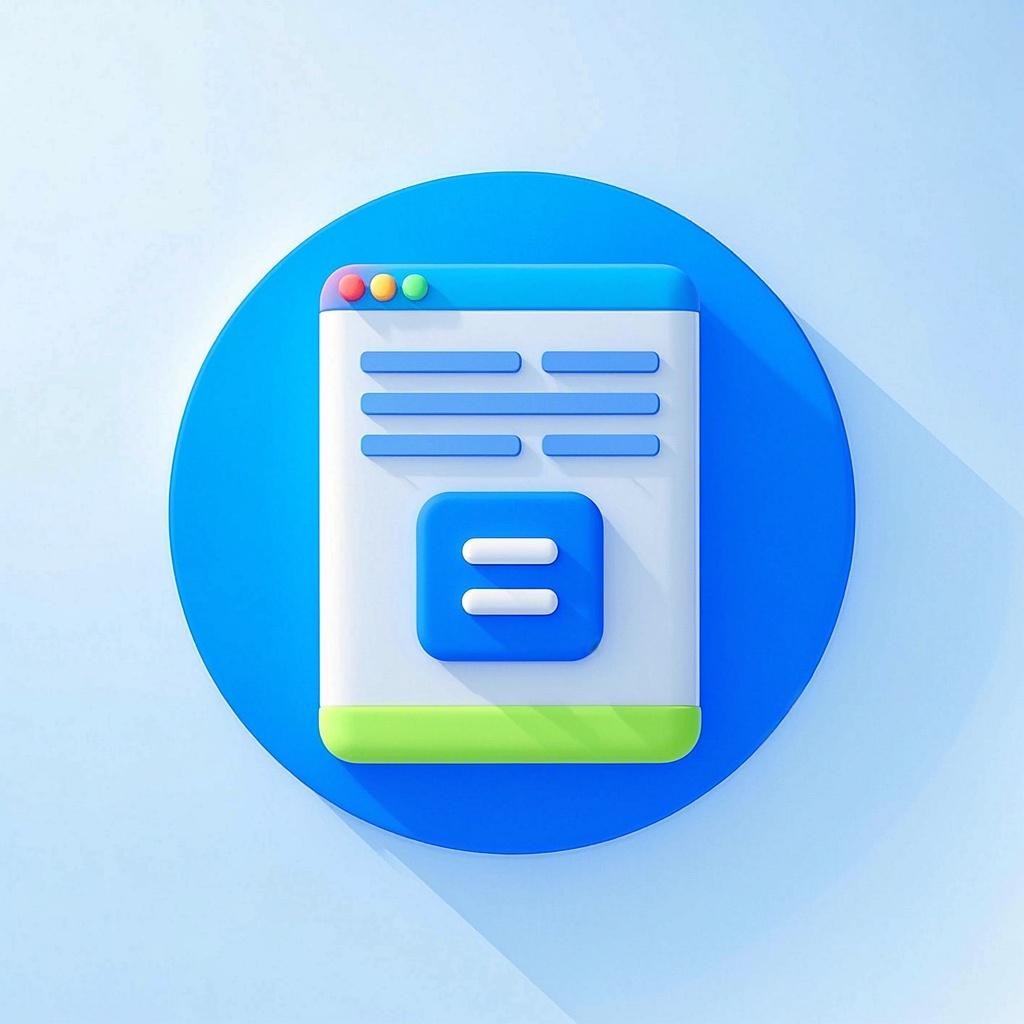Bootstrap是一个广泛使用的前端框架,它使得开发者能够快速开发出响应式和美观的Web页面。以下是对Bootstrap的实战与应用的详细揭秘。
第一章:Bootstrap简介
1.1 什么是Bootstrap?
Bootstrap是一个基于HTML、CSS、JavaScript的前端框架,它提供了大量的预设样式和组件,可以帮助开发者快速搭建响应式网站。
1.2 Bootstrap的特点
- 响应式布局:Bootstrap提供了响应式网格系统,可以根据不同屏幕尺寸自动调整布局。
- 组件丰富:Bootstrap包含多种预定义的组件,如按钮、表单、导航栏等,方便开发者快速实现功能。
- 简洁易用:Bootstrap的设计简洁,易于学习和使用。
- 跨平台兼容:Bootstrap可以在多种浏览器和设备上运行。
第二章:Bootstrap基础入门
2.1 快速上手
要开始使用Bootstrap,首先需要将其包含在项目中。可以通过以下方式引入Bootstrap:
<!DOCTYPE html>
<html lang="zh-CN">
<head>
<meta charset="UTF-8">
<meta http-equiv="X-UA-Compatible" content="IE=edge">
<meta name="viewport" content="width=device-width, initial-scale=1.0">
<title>Bootstrap实例</title>
<link rel="stylesheet" href="https://cdn.staticfile.org/twitter-bootstrap/4.3.1/css/bootstrap.min.css">
</head>
<body>
<h1>你好,世界!</h1>
</body>
</html>
2.2 Bootstrap网格系统
Bootstrap网格系统是构建响应式布局的核心。它使用12列的栅格系统,通过类名控制元素在不同屏幕尺寸下的显示方式。
<div class="container">
<div class="row">
<div class="col-md-6">左列</div>
<div class="col-md-6">右列</div>
</div>
</div>
第三章:Bootstrap组件与插件
3.1 常用组件
Bootstrap提供了丰富的组件,以下是一些常用的组件:
- 按钮:通过
btn类可以创建不同样式的按钮。 - 表单:Bootstrap提供了表单控件、表单验证等功能。
- 导航栏:通过
navbar组件可以创建顶部导航栏。
3.2 插件应用
Bootstrap还提供了各种插件,如模态框、轮播图等。
<!-- 模态框 -->
<div class="modal fade" id="myModal" tabindex="-1" role="dialog" aria-labelledby="myModalLabel" aria-hidden="true">
<div class="modal-dialog" role="document">
<div class="modal-content">
<div class="modal-header">
<h5 class="modal-title" id="myModalLabel">模态框标题</h5>
<button type="button" class="close" data-dismiss="modal" aria-label="Close">
<span aria-hidden="true">×</span>
</button>
</div>
<div class="modal-body">
模态框内容...
</div>
<div class="modal-footer">
<button type="button" class="btn btn-secondary" data-dismiss="modal">关闭</button>
<button type="button" class="btn btn-primary">保存</button>
</div>
</div>
</div>
</div>
第四章:Bootstrap实战案例
4.1 创建响应式网页
使用Bootstrap可以轻松创建响应式网页。以下是一个简单的响应式网页示例:
<!DOCTYPE html>
<html lang="zh-CN">
<head>
<meta charset="UTF-8">
<meta http-equiv="X-UA-Compatible" content="IE=edge">
<meta name="viewport" content="width=device-width, initial-scale=1.0">
<title>响应式网页</title>
<link rel="stylesheet" href="https://cdn.staticfile.org/twitter-bootstrap/4.3.1/css/bootstrap.min.css">
</head>
<body>
<div class="container">
<h1>欢迎来到我的网页!</h1>
<p>这是一个响应式网页。</p>
</div>
</body>
</html>
4.2 开发在线商城
使用Bootstrap可以快速搭建在线商城网站。以下是一个简单的在线商城网页示例:
<!DOCTYPE html>
<html lang="zh-CN">
<head>
<meta charset="UTF-8">
<meta http-equiv="X-UA-Compatible" content="IE=edge">
<meta name="viewport" content="width=device-width, initial-scale=1.0">
<title>在线商城</title>
<link rel="stylesheet" href="https://cdn.staticfile.org/twitter-bootstrap/4.3.1/css/bootstrap.min.css">
</head>
<body>
<div class="container">
<h1>欢迎来到在线商城</h1>
<div class="row">
<div class="col-md-4">
<div class="card" style="width: 18rem;">
<img class="card-img-top" src="product.jpg" alt="...">
<div class="card-body">
<h5 class="card-title">商品名称</h5>
<p class="card-text">商品描述...</p>
<a href="#" class="btn btn-primary">购买</a>
</div>
</div>
</div>
<!-- 其他商品卡片 -->
</div>
</div>
</body>
</html>
通过以上实战案例,我们可以看到Bootstrap在前端开发中的应用价值。掌握Bootstrap,将为你的Web开发之旅增添更多色彩。
